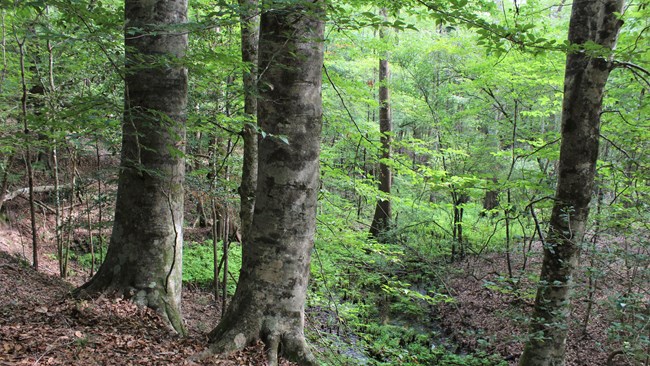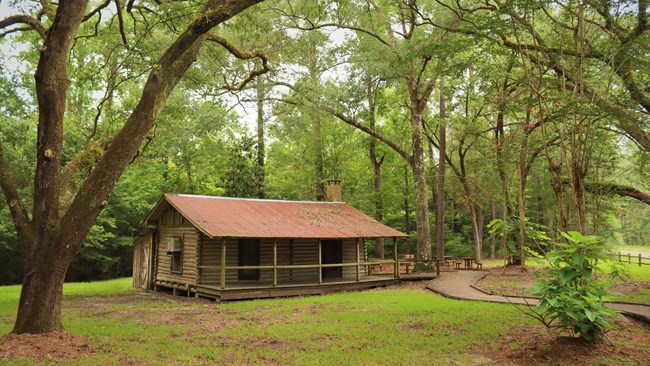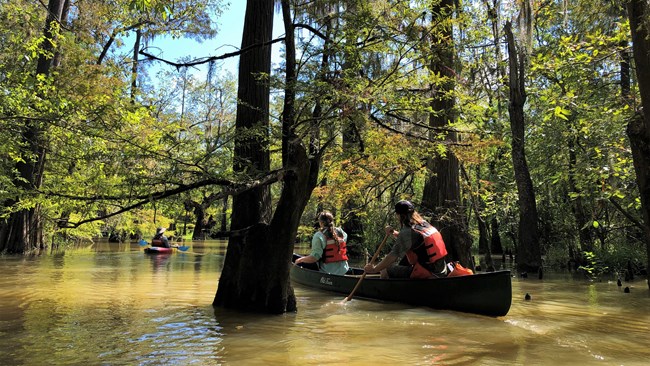
NPS Photo / Scott Sharaga Deep in the Heart of Southeast TexasAt first glance, the Big Thicket may seem like any other forest. Take a closer look, however, and you'll discover its many wonders, big and small. Venture into a Big Thicket bog to see thousands of carnivorous plants waiting to feast on insects. Listen for the distant tap-tap-tap of a woodpecker as you stroll through a longleaf pine forest. Search for colorful mushrooms that spring up after summer rains. Paddle along a shaded bayou, beneath hauntingly beautiful bald cypress trees. These are but a few of the wonders awaiting you in Big Thicket National Preserve.
Visit our keyboard shortcuts docs for details
Established in 1974, Big Thicket National Preserve protects a biologically significant portion of the Piney Woods of southeast Texas. Explore the unique natural and human history of the Big Thicket in this short film that captures the region's rich story. (Video is open captioned.) 
NPS Photo / Scott Sharaga A Biological CrossroadsThe Big Thicket is a place where many plant species from the East Coast and Midwest reach the western and southern limits of their ranges. Here, you'll find a mix of different habitats for plants and animals, influenced by subtle changes in soil and elevation. 
NPS Photo / Scott Sharaga People of the Big ThicketWhile some archeological studies have been conducted in the Big Thicket, little is known about the region's earliest peoples. Other tribes lived along the edges of the thicket, including the Caddo, who lived in the hilly regions to the north, and the Atakapa-Ishak along the coastal plain to the south. The Alabama and Coushatta tribes settled in the Big Thicket in the 1780s, having moved west from what is now Alabama. Sharing a common history, the two tribes merged, forming the Alabama-Coushatta Tribe of Texas; their reservation is adjacent to the preserve. What is a National Preserve?National preserves, like national parks, protect important natural and cultural resources. They differ, however, in that national preserves may allow hunting, mining, and fuel extraction, whereas national parks do not. Big Thicket National Preserve permits hunting and oil and gas extraction. NPS staff manage those activities to ensure that they don’t affect the natural values for which the preserve was established. 
NPS Photo / Scott Sharaga An Outdoor Recreation DestinationBig Thicket National Preserve has over 113,000 acres of public land for you to explore. With many miles of trails on land and water, hiking and paddling are the best ways to see the park. You can even make it an overnight trip and camp in the backcountry. |
Last updated: May 28, 2025
